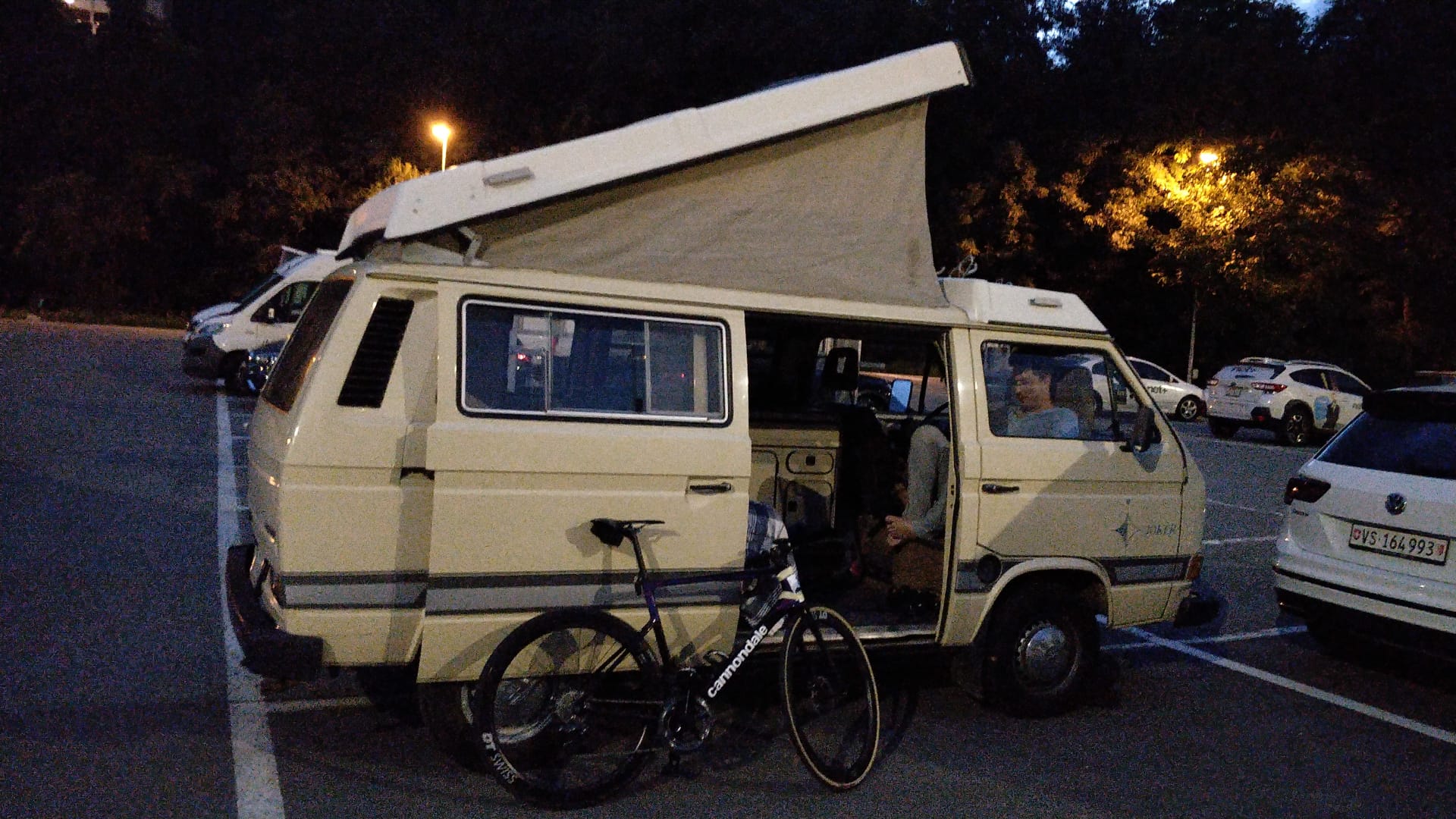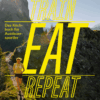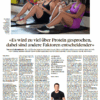I usually refer to myself as a racing retiree. After 15 years of top-level sport, I have hung up my race number. Granted, my performance still means a lot to me and my ambition to train effectively still allow me to offer my clients much more than scientifically based nutrition advice, but the phase of my life where I measured myself only by rankings and times is over.
And yet, you don’t lose the so-called «athlete’s brain.» Pushing or at least testing your own limits doesn’t lose its appeal that quickly. And somehow that’s how the «Tour des Stations» came to my attention. A bike race that crosses 11 peaks in the Valais, climbing the height of Mount Everest (i.e. 8848 meters of altitude) over 242km. Sounds.…strenuous and long!
Self-experiment and stamina exercise
For me, an event like this is perfect to test long-distance sports nutrition strategy from A to Z myself. Of course, I do not ride such a thing all out, blowing my doors off. and pace more sustainably. Nevertheless I had to dig really deep.
I was projecting 12h for the entire ride. That would be about 9000 kcal in one day – or pretty much one kilocalorie per altitude meter.
Since the start was already at 4 o’clock in the morning, there was a short night. After so many years of competition I experienced another race premiere thanks to my good friend Kevin. We drove with Kevin’s VW bus to the Valais and slept practically next to the start line – practical, thanks Kevin, you’re a legend!
90% brilliant
To summarize the many climbs and descents in a more reader-friendly way, here’s the compact version: the brilliantly organized event is epically beautiful and ultra-tough. The volunteers engaged in the event gave me courage and brought back my smile after I’ve lost the edge already. The last 10% were typical for the summer of 2021 – after 10 hours the worst thunderstorms broke lose. It was a bit scary at altitude, through forest passages, when lightning and thunder went crazy above my head. Luckily, torrential rains washed away all concerns. Only at the very end, 5km before the finish, they pulled the plug on the race. because of hazardous weather. After 11h and 40′ the drudgery was – unfortunately prematurely – over.
Evacuation for the sake of safety
On an evacuation route we hurried 15km down into the valley, completely frozen to the bones, to get back to the start or somewhere else warm and dry. The organizer had reacted correctly and acted quickly – all participants have somehow returned safely and unharmed.
Satisfied, with a proven strategy, proud
I am satisfied with this day. Brilliant route, most beautiful Swiss Alps peaks à discretion and a solid performance exactly according to plan. The nutrition in the run-up and in the competition worked out perfectly. In the end, I am quite proud to be able to do such crazy stints at an even very short notice.
Learnings.…
- During the night, you tend to eat less than planned – especially on technically demanding, unlit sections.
- Liquid or gel food is the best way for competition – if you have the amount, type and concentration of carbohydrates under control, it works perfectly, that you have enough energy for the engine, you don’t need emergency toilet stops and your head stays alert
- Caffeine, you good samaritan – (qualitatively/gustatorily) bad coffee substitute at 3 am, but really does the job!
- Giving up is not an option – even if there is little no more enthusiasm or motivation left!





